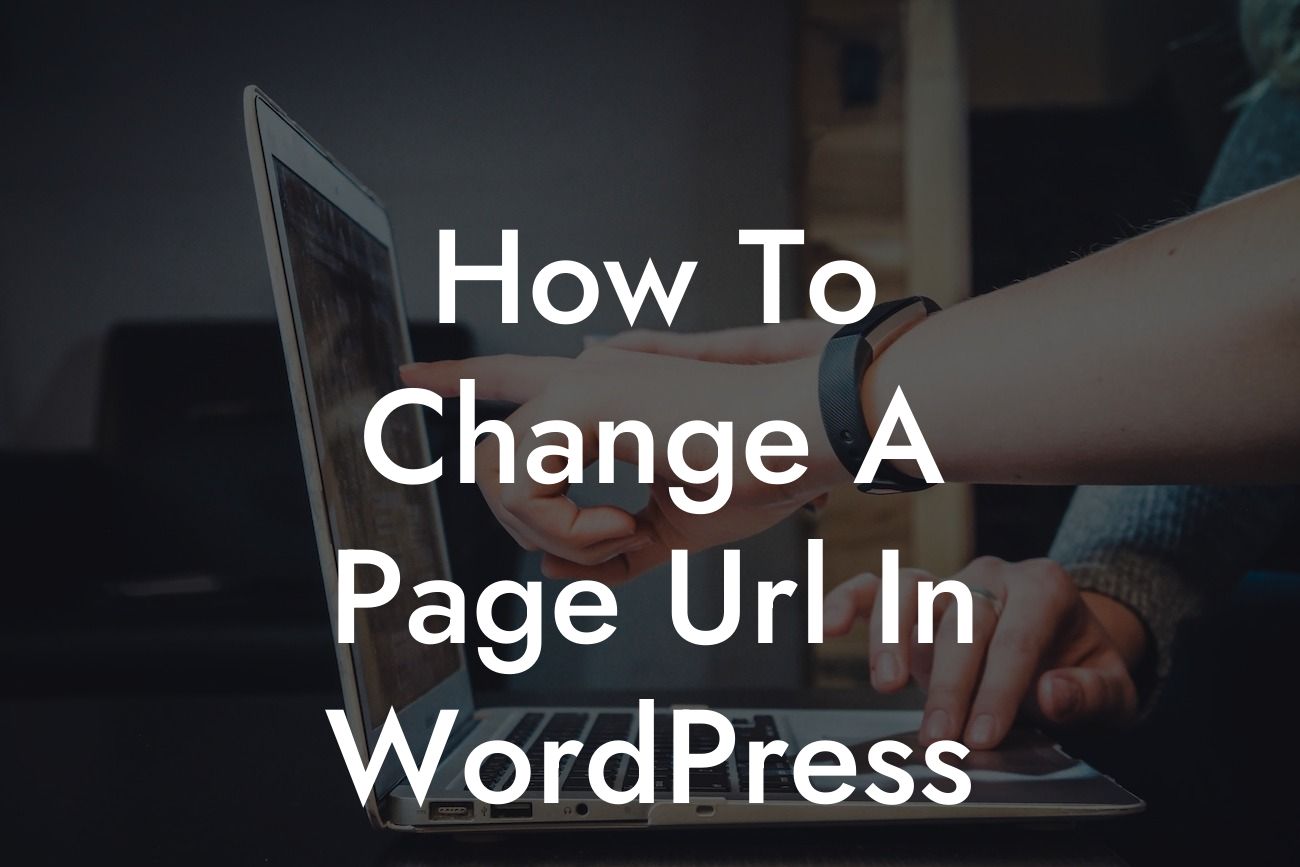Changing a page URL in WordPress may seem like a daunting task, but it doesn't have to be. In this comprehensive guide, we will walk you through the process step-by-step, providing you with all the necessary information to confidently make this vital change. Whether you're a small business owner or an ambitious entrepreneur, optimizing your page URLs can significantly enhance your online presence and drive more traffic to your website. Say goodbye to generic URLs and hello to personalized and SEO-friendly ones – let's dive in!
The importance of a well-structured URL cannot be overstated. Not only does it improve your website's usability, but it also plays a crucial role in search engine optimization (SEO). Here's how you can change a page URL in WordPress:
1. Determine the new URL structure:
Before making any changes, it's crucial to decide on a new URL structure that aligns with your overall website hierarchy and SEO goals. Consider using relevant keywords that accurately describe the content of your page.
2. Backup your website:
Looking For a Custom QuickBook Integration?
As a precautionary measure, always create a backup of your website before making any significant changes. This ensures that you have a restore point in case anything goes wrong during the URL change process.
3. Install a WordPress redirection plugin:
To efficiently manage URL redirections, it's recommended to install a WordPress redirection plugin. This plugin will help redirect any old URLs to the new ones automatically, ensuring a seamless user experience and preventing broken links.
4. Update internal links:
Once you have changed the URL of a specific page, it's essential to update any internal links that point to the old URL. This ensures that all your internal links are still functional and helps maintain a smooth navigation experience for your website visitors.
5. Set up 301 redirects:
To redirect visitors from the old URL to the new one, you need to set up a 301 redirect. This redirect informs search engines that the page has permanently moved, preserving your SEO rankings and preventing any loss in organic traffic.
How To Change A Page Url In Wordpress Example:
Let's say you have a blog post titled "Top 10 Marketing Strategies" with a URL of "yourwebsite.com/top-10-marketing-strategies." You want to change the URL to something more concise and keyword-rich, such as "yourwebsite.com/marketing-tips." By following the steps mentioned above, you can effortlessly change the page URL while preserving your SEO rankings and providing users with a better browsing experience.
Congratulations! You've successfully learned how to change a page URL in WordPress. By implementing these strategies, you can enhance your website's user-friendliness and improve its visibility in search engine results. Don't forget to explore the other helpful guides available on DamnWoo and try out our awesome WordPress plugins to take your online presence to the next level. Don't keep this knowledge to yourself – share this article and help others on their journey towards success!













